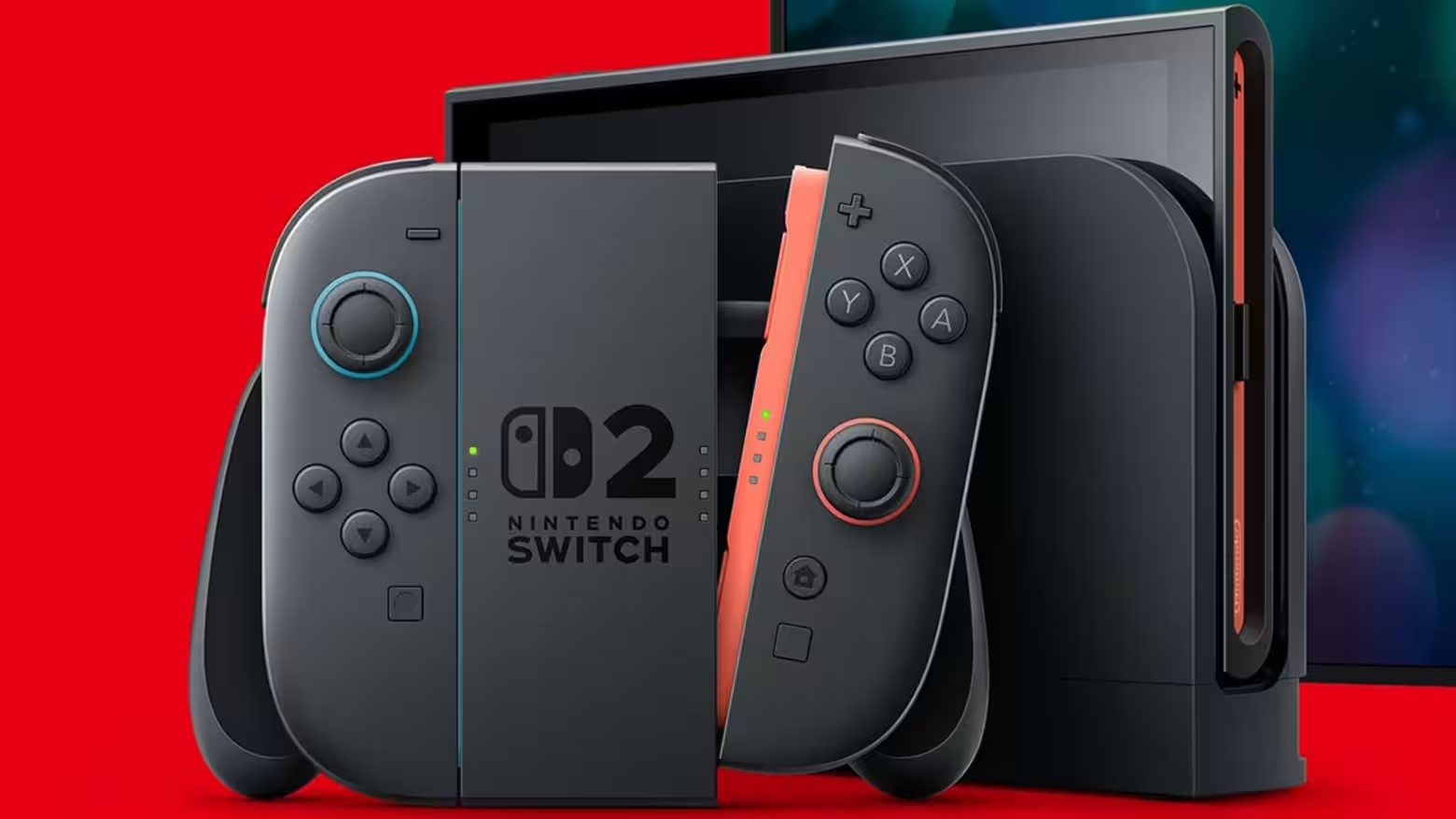Google Pixel 9a and Pixel 9 design Google’s Pixel A-series has long stood for value, packing the best of Pixel into a more affordable package. The company is continuing this tradition with its latest Pixel 9a . It offers a powerful Android experience at a much lower cost than the flagship Pixel 9.
However, you can find the Pixel 9 discounted to lower prices, which narrows the gap between the two Google phones and blurs the lines more than ever. The question is, what are you really missing (or gaining) if you go for the Pixel 9a instead of the Pixel 9? Is $499 enough to spend on the Google Pixel, or should you go with the more expensive Pixel 9? Here’s how the two phones compare to help you land on a decision. Google Pixel 9a and Pixel 9 Size-wise, the Pixel 9a is ever-so-slightly taller and thicker (6.

1 x 2.9 x 0.4 inches vs.
6 x 2.8 x 0.3 inches), and also lighter at 186g compared to the 198g Pixel 9.
That may sound negligible, but if you’re using your phone one-handed for long periods, it could make a difference. Both of them are easy to hold and use. Visually, both phones have a very distinct design language.
While the Pixel 9 features Google’s modern camera bar design, the Pixel 9a opts for a cleaner look without a bar, but retains the capsule look to house the two cameras. From a build materials standpoint, the Pixel 9 feels more “premium”, which makes sense given the price gap. As for colors, the Pixel 9a features a matte finish and comes in Iris (lavender), Obsidian (black), Peony (pink), and Porcelain.
In contrast, the Pixel 9 offers a glossy finish on its Obsidian, Peony, Porcelain, and Wintergreen color variants. Google Pixel 9a and Pixel 9 screens On paper, the Pixel 9a and Pixel 9 share a similar display: 6.3-inch OLED screen with a 2,424x1,080 resolution, a 422ppi pixel density, and a variable 60-120Hz refresh rate.
You get a sharp and vibrant screen on both phones, but the difference is noticeable when you use them in different environments. The Google Pixel 9 fares better outdoors and the screen is more legible than Pixel 9a’s display, which isn’t the best in direct sunlight. I struggled with seeing the viewfinder under the Delhi sun.
Other subtle differences in build and durability are experiential. The Pixel 9 uses Gorilla Glass Victus 2 on the front, offering more resistance against drops and scratches compared to the Gorilla Glass 3 on the Pixel 9a. While both are IP68-rated for dust and water resistance, the more premium materials on the Pixel 9 give it an edge in long-term durability.
Google Pixel 9 and Pixel 9a Here’s where things get interesting — or confusing, depending on your perspective. Both the Pixel 9a and Pixel 9 are powered by the same Google Tensor G4 chip, which means day-to-day performance is going to be nearly identical. Apps load fast, multitasking is smooth, and you get plenty of AI features to play with.
However, the Pixel 9 comes with 12GB of RAM, while the Pixel 9a offers only 8 gigs of RAM. That extra memory gives the Pixel 9 a bit more breathing room for AI workload management, multitasking and demanding background processes. For most people, 8GB will be more than enough, but power users might notice slightly better performance consistency on the Pixel 9, especially when using Gemini AI features, like Magic Editor, Best Take, Add Me, and Circle to Search.
On the software side, the Pixel 9a ships with Android 15 out of the box, while the Pixel 9 launched with Android 14 (updated to Android 15 now). Both phones are guaranteed seven years of OS updates, security patches, and Pixel Feature Drops. This is one of the strongest software support commitments in the industry, and Google isn’t limiting it to the more expensive Pixels.
Both Google Pixel 9a and Pixel 9 aren’t meant for gaming because Tensor G4 gets significantly warm to touch under heavy workloads. But these are AI-first phones that are meant to perform well in day-to-day tasks. Google Pixel 9a Gemini The Google Pixel 9a packs a larger battery than the Pixel 9.
It has a 5,100 mAh cell compared to the Pixel 9’s 4,700 mAh. The numbers translate well in daily life, where the Pixel 9a lasts longer than its more expensive sibling. But the Pixel 9 pulls ahead in the charging department.
It supports 45W fast wired charging, while the Pixel 9a is limited to 23W. Thanks to this combination of smaller battery and faster charging, the Pixel 9 charges quicker than the 9a. Wireless charging also favors the flagship, as Pixel 9 supports 15W wireless charging with the Pixel Stand (second gen), 12W Qi wireless charging, and reverse wireless charging in some markets.
In contrast, the Pixel 9a supports just 7.5W Qi wireless charging, which is quite slow by today’s standards. While the Pixel 9a lasts longer, the Pixel 9 charges faster and offers more versatility in how you top up.
Google Pixel 9 and Pixel 9a The optics department is perhaps the biggest differentiator between the two Google phones. The Pixel 9a sports a 48MP wide and 13MP ultrawide setup, while the Pixel 9 uses a newer 50MP wide sensor and a much more capable 48MP ultrawide camera. If you’re just snapping casual photos for Instagram or everyday memories, the Pixel 9a is more than capable, thanks to Google’s computational photography.
However, if you care about image detail, color depth, and versatility, the Pixel 9’s camera system offers a noticeable improvement. The ultrawide camera on the Pixel 9 is significantly sharper and more useful for landscape or group shots. And that extra processing power with the improved sensors results in better low-light shots, and higher dynamic range.
On the front, you get a 13MP selfie shooter on the Pixel 9a versus the Pixel 9’s 10.5MP. But numbers aren’t everything; Google’s selfie processing makes both quite solid.
And yes, both can shoot 4K video, but stabilization, noise handling, and color rendering will be better on the Pixel 9. Google Pixel 9 and Pixel 9a The Google Pixel 9a price starts at $499 / INR 49,999 for the base 128GB model, whereas the Pixel 9 will set you back at $799 / INR 79,999 for the same amount of storage but 4GB extra RAM. Both phones offer 128GB and 256GB storage options, and neither supports microSD expansion.
You get widespread availability for both phones through online and offline channels. It depends on your budget and needs but here’s a breakdown of which Google Pixel phone might be better for you - You want a value-for-money Pixel phone You don’t mind slightly lower camera specs You want good battery life You’re okay skipping premium extras like wireless charging speed or Gorilla Glass Victus You use your phone outdoor You want better cameras You want faster charging, including better wireless charging speeds You need newer features like Satellite SOS and Wi-Fi 7 for future-proofing The Pixel 9a is a budget-friendly option priced at $499, which gives you 8GB RAM, a 48MP main camera, and a larger 5,100mAh battery. In contrast, the Pixel 9, priced at $799, offers a brighter display, 12GB RAM, a superior 50MP main camera, and additional features like faster charging and Wi-Fi 7 support.
It depends on your use case and budget. The Pixel 9a is a more affordable version of the Pixel 9, offering many of the same features at a lower price point. Key differences include the Pixel 9’s support for mmWave 5G, faster wireless charging, brighter display, more RAM, and better camera capabilities.
Both devices share the same processor and software support. Yes, the Google Pixel 9a offers dust and water resistance. Like the Pixel 9 series, it is rated IP68 for protection against dust and water.
Yes, the Pixel 9a supports 5G connectivity, including sub-6GHz and C-Band frequencies. However, it does not support mmWave 5G, which is available on the Pixel 9 and Pixel 9a. This means the Pixel 9a offers broad 5G coverage but may not get the highest speeds possible with mmWave networks.
No, the Pixel 9a does not include a charger in the box. You get a USB-C to USB-C cable and a SIM tool alongside the phone. If you require a charger, you’ll need to buy it separately.
If you want the best value for money Google phone, yes, the Pixel 9a is worth buying over the Pixel 9. The $499 Google Pixel offers a similar design, the same Tensor G4 chip, and excellent battery life at a lower price point..
Technology

Google Pixel 9a Vs Pixel 9: Which One Is Right For You?

How does the $499 Pixel 9a compare to the more expensive Google Pixel 9? Here's a breakdown to help you find the Google phone that best suits your needs.















